What are spoons with holes called?
I have an interesting tablespoon in my kitchen - Soviet, aluminum and... with holes! I have always used cutlery to collect foam from broth or to “get” berries from compote. True, I didn’t think about its name until a friend called it a slotted spoon.
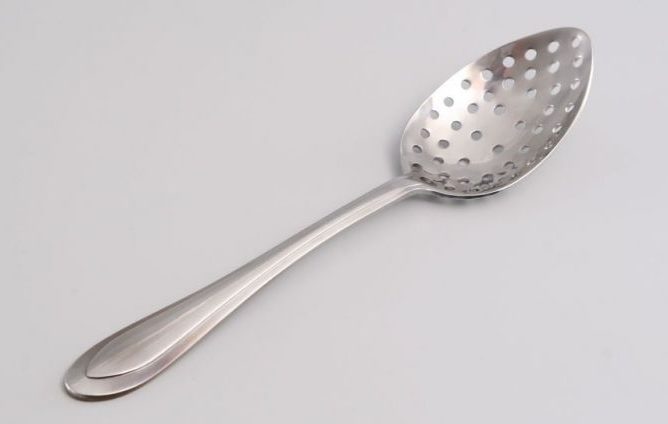
The content of the article
Skimmer
The name of this instrument came to us from Poland (szumować — skim). This is the name of a large flat spoon with a mesh scoop through which liquid passes freely, but foam and large particles of spices do not.
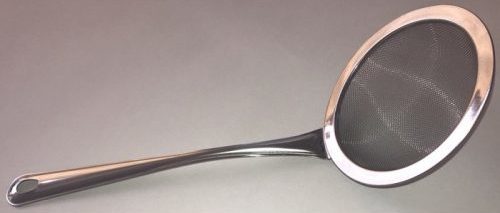
This device also has a second version: also with a long handle and a large flat holey scoop made of metal or plastic. It is also commonly called a slotted spoon.
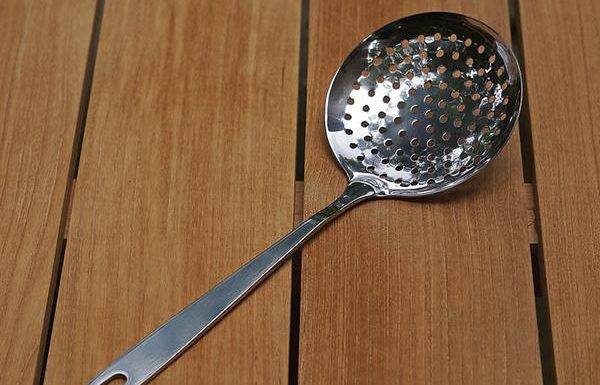
And although this version already has somewhat more similarities with my nameless spoon, the worm of doubt still continued to stir: well, it’s not this, it’s not that. Therefore, I continued the survey, receiving another answer - a julep strainer.
Strainer
This is a professional bartender's tool that helps remove large particles from cocktails while pouring the drink from the shaker into the glass. All stainers are usually divided into two types: hawthorn and julep. The first one is easy to recognize by the spring attached to the scoop of the device and designed to ensure tight contact with the walls of the shaker.
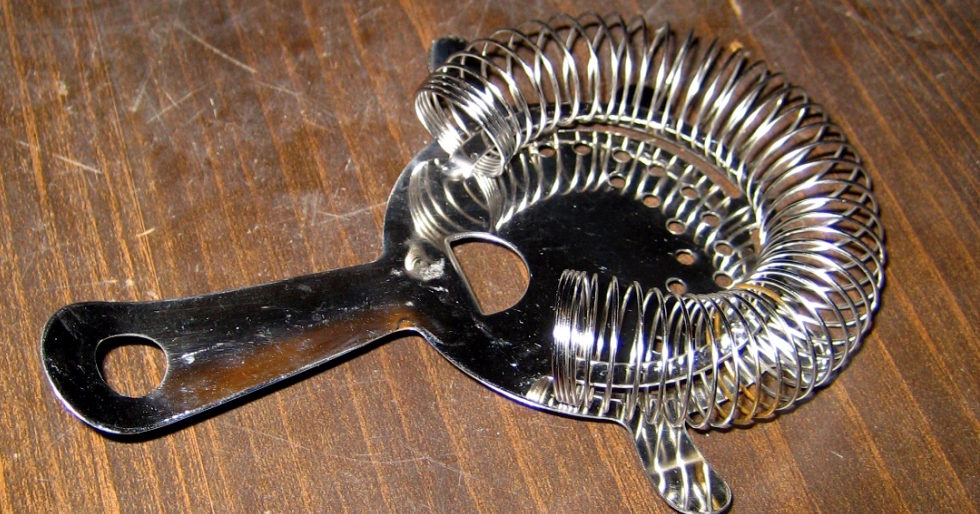
And the Julep Strainer looks more like my spoon. Its tasks are the same: to separate large particles so that ice, fruits and herbs do not get into the glass and interfere with enjoying the finished drink.
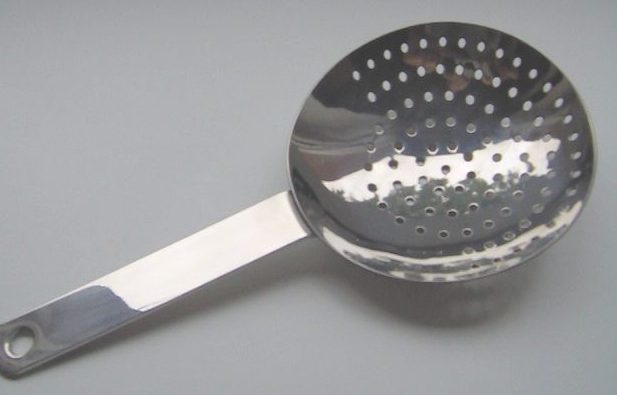
This answer also did not satisfy my curiosity, so the search for information continued. His results were slightly surprising with the abundance of options.
Types of spoons with holes
Let's start with the fact that there are a great many spoons with holey scoops. However, many of them belong to auxiliary cutlery that never makes it to the dinner table. So, in the kitchens of housewives there may well find a place for at least 12 variants of spoons, the purpose of which is indicated by the name itself.
For stirring — a long handle (yes, that’s what the cutlery handle is called) and a decent-sized scoop with a hole in the center.

This design ensures uniform mixing of the dish during cooking, since it does not linger in the device, but flows freely through it.
For spaghetti — an original design with a holey scoop, the edge of which has characteristic protrusions.

Thanks to these teeth, stirring the cooking spaghetti or removing it from the water is much more convenient than with a simple spoon.
For short pasta - a product very similar to a slotted spoon, which has not only holes, but also slits around the entire perimeter.

A very convenient tool: you can catch pasta and dumplings, and you don’t have to bother with a colander.
For vegetables - another version of a slotted spoon, and it works on the same principle. The only significant difference is that the most common versions of the product are visible through rather impressive slits in the scoop, the shape of which, by the way, can be very diverse.
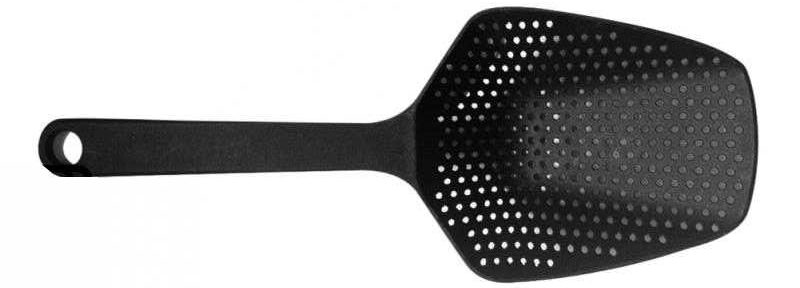
If this spoon does not have slits, but holes, then their size is also slightly larger than that of a slotted spoon. And this is quite logical, because the tool is aimed at extracting vegetables and meat from the broth, and not at collecting foam.
Straining ladle - something like a ladle, and the purpose is essentially the same. The only difference is the holey rounded protrusion on one of the scoop halves.
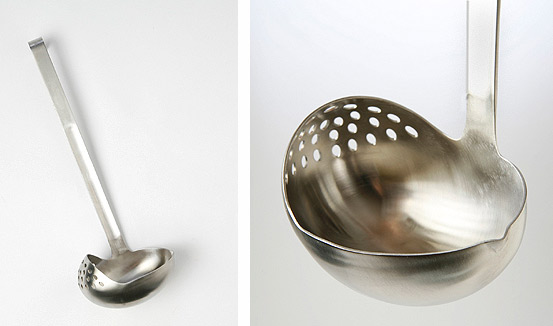
This design makes it easier to strain out excess broth if you need to remove thickets from the dish.
For tasting - very similar to a stirring spoon. There is one significant difference - it is made of wood or heat-resistant plastic, but not of metal.

The reason is simple: wood and plastic do not heat up, facilitating the process of “sampling” and, thus, indirectly influencing the cooking time of the dish.
For pickles and compote - a convenient tool that comes in big and small. The difference between them is only in the shape of the scoop (the large one is round) and the general shape of the product (the small spoon is always straight).
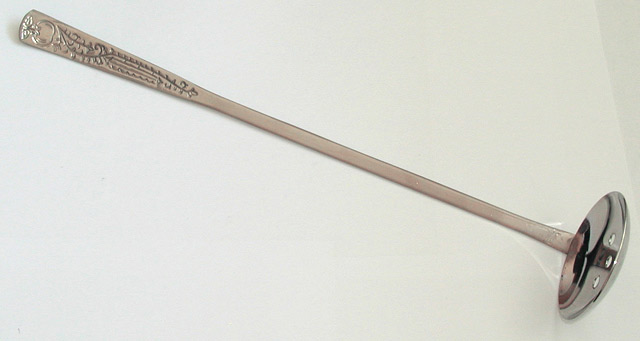
This, by the way, is the second option, which is very similar to my nameless spoon.
For the salad - almost an ordinary tablespoon. The only difference is the slot on the opposite side of the scoop holder.

cocoparisienne, Pixabay
This design feature is necessary so that excess dressing flows back into the bowl. Thanks to this, when serving salad, the risk of accidentally staining the tablecloth or splashing dressing on neighboring dishes is significantly reduced.
For absinthe. Honestly, the similarity of this cutlery with the one you are looking for lies only in the holes: there are many of them, and they are different. At the same time, an absinthe spoon is often not a spoon at all, but rather a decorative spatula.
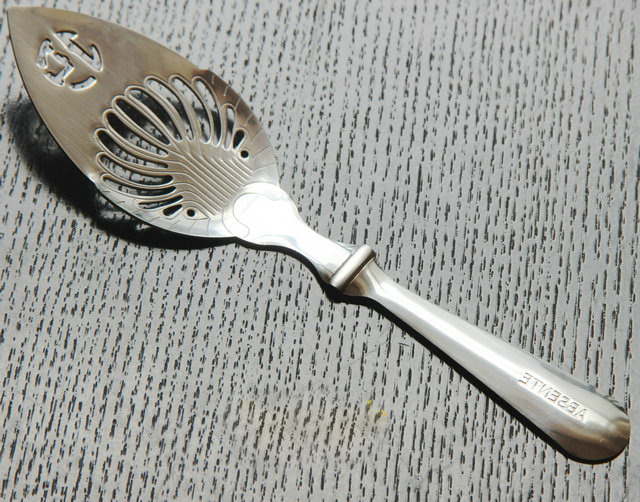
But nevertheless, this cutlery has a purpose: to support a piece of sugar, along which the bitter drink is poured into a glass. The purpose of this trick is to soften the taste of absinthe by masking its bitterness with sugar.
For brewing tea - not my case, since it consists of two halves that can be locked using a bracket attached to the scoop or a special elastic handle.
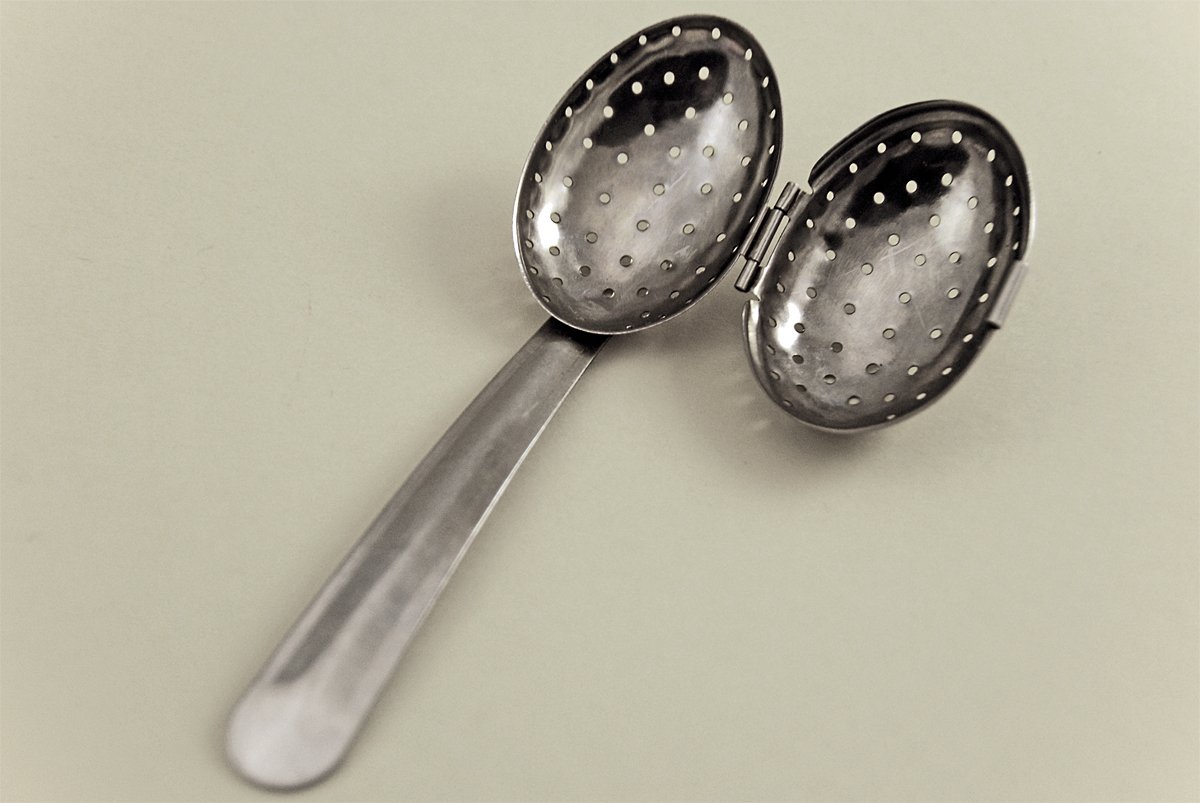
We fill the leaf tea inside, immerse the spoon in a cup of boiling water, let it steam a little and take it out. A very convenient design that eliminates the fuss with tea leaves that constantly try to get into your mouth.
For olives - a small round spoon on a rather long spoon. Often its scoop is supplemented with a pair of sharp teeth, making it easier to catch olives from the jar.
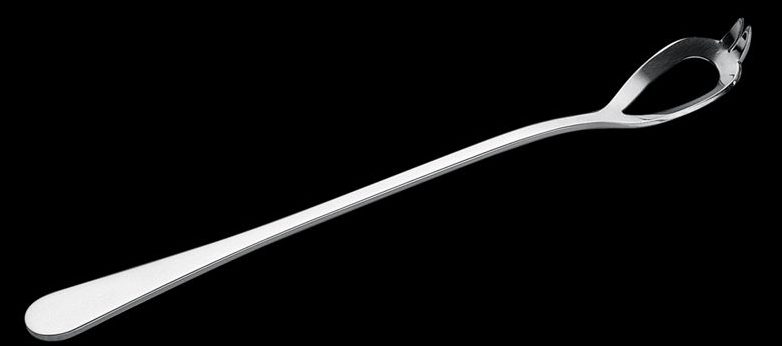
But sometimes this cutlery also has holes in it, so that the marinade remains in the jar and does not migrate to the plate.
For eggs - a very convenient tool, which for some misunderstanding continues to be called a spoon.
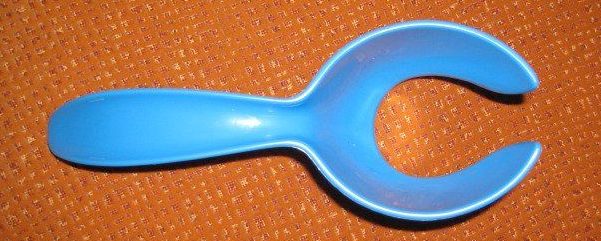
It is designed to remove eggs from water. The shape contributes to this by securely holding the egg, but allowing absolutely all the water to pass through.
The apogee of the search: a miracle with slots
Another miracle, misunderstoodly called a spoon. This is a device for honey. My only consolation is that it has alternative names, which include drizzle and spindle.
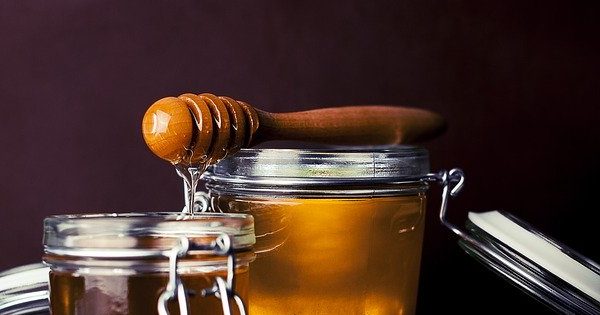
The tool is very convenient. If you get used to using it, then you can forget about the crumbs in the jar of honey, drips on the sides of the dishes and the ubiquitous droplets. Apparently, it was for these merits that the people gave him his own name, and more than one.
Not like my ill-fated spoon with holes, the name of which was never found. If you know him, dear readers, please tell me in the comments. Please satisfy my curiosity, otherwise I can’t believe that over the decades of its existence, a simple tablespoon with holes has never earned a proper name, rather than a descriptive one.

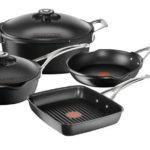
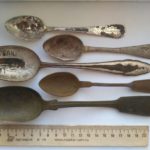

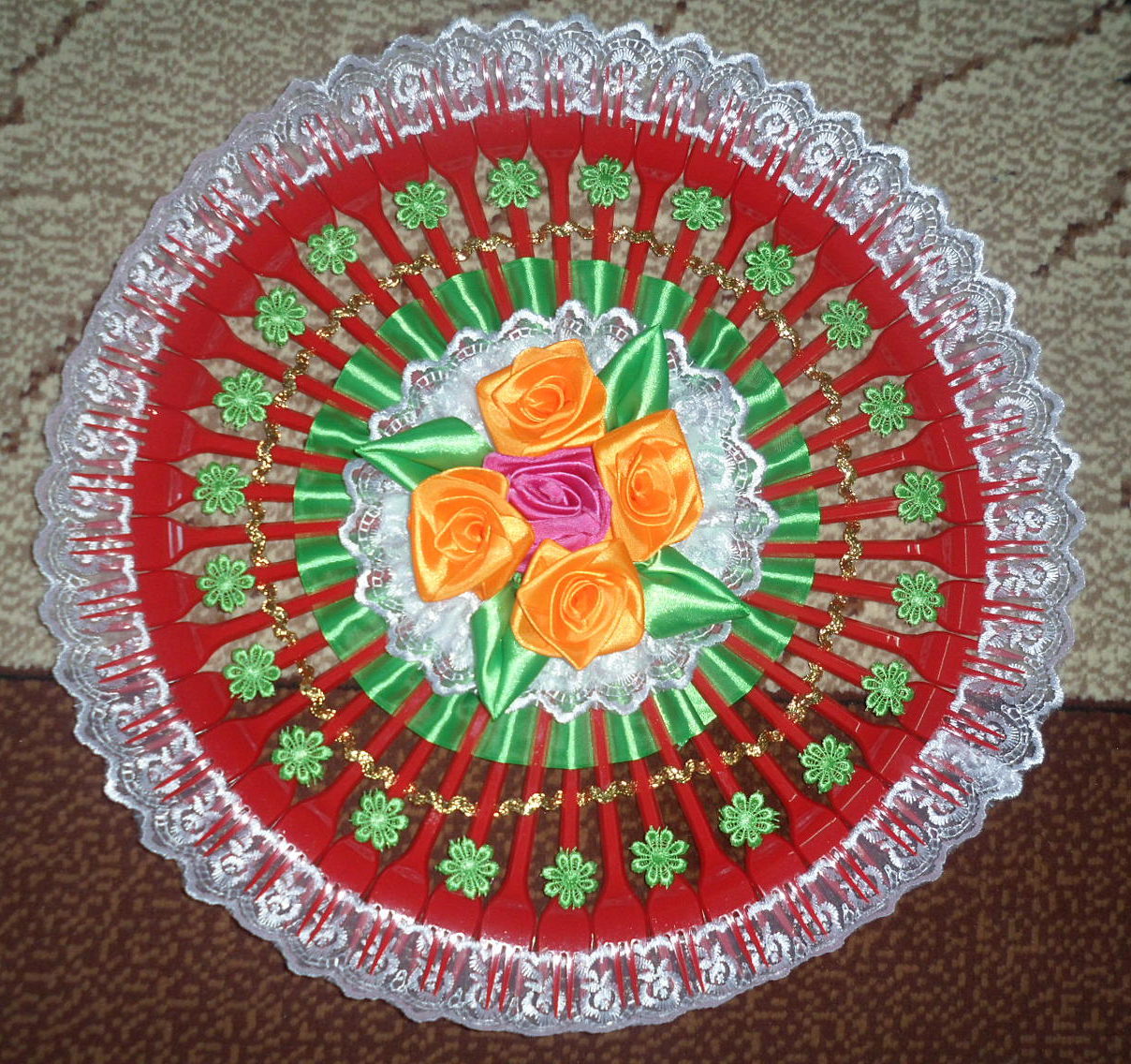
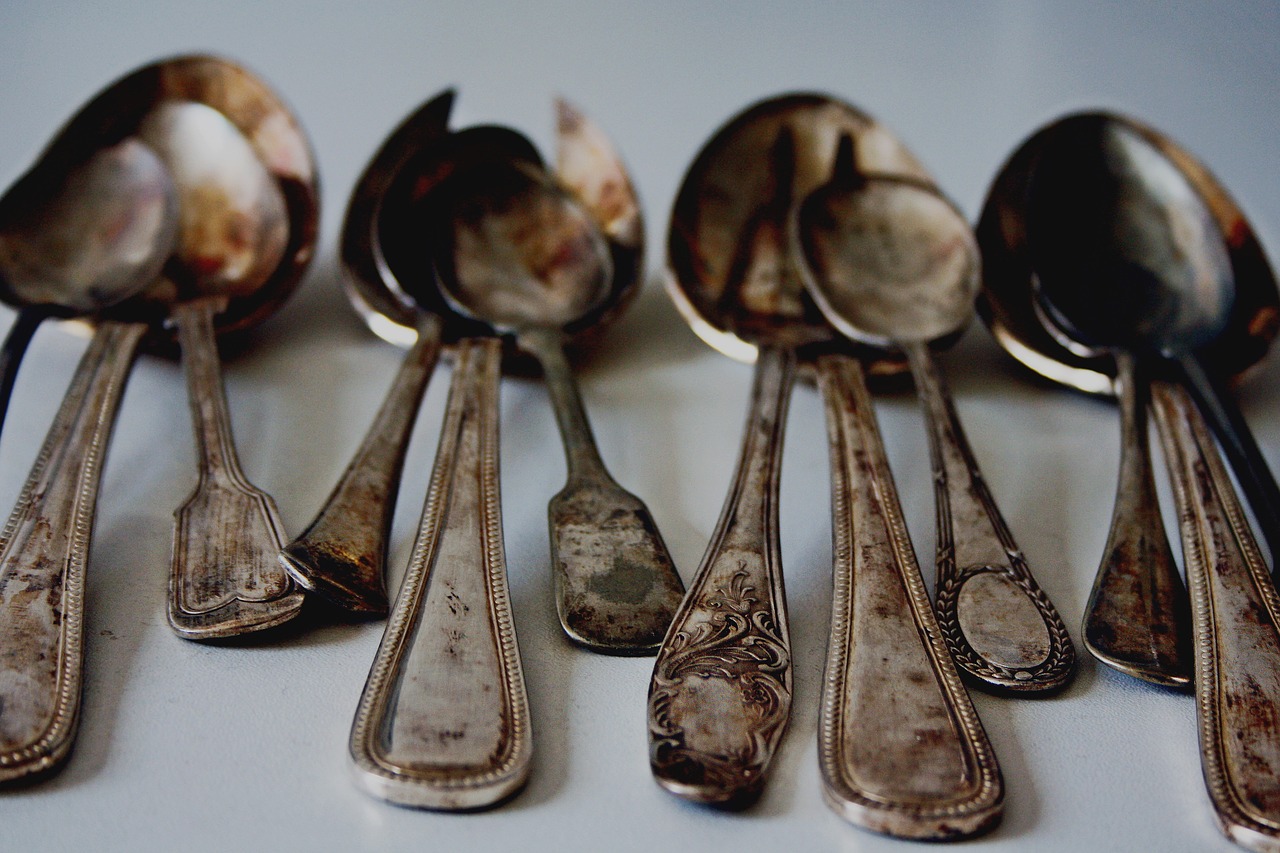
Yes, we also have exactly the same aluminum spoon. We use it to remove foam when cooking meat. Very comfortably. If the foam is not removed, then it will turn into brown rags in the broth. This cannot be sold to the table.